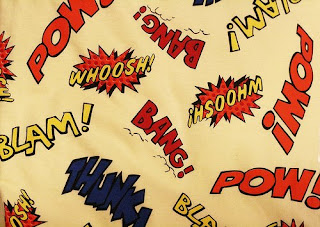 Airport time is reading time for me, and so this past weekend was a chance for me to delve into The Art Dealers, a book profiling 42 art dealers that is surprisingly interesting. Based on interviews done in the 80s, the dealers speak about art and the artists they have worked with in a personal, knowledgeable way. These people shaped much of the art scene as we know it today, and Betty Parsons is a great example of how.
Airport time is reading time for me, and so this past weekend was a chance for me to delve into The Art Dealers, a book profiling 42 art dealers that is surprisingly interesting. Based on interviews done in the 80s, the dealers speak about art and the artists they have worked with in a personal, knowledgeable way. These people shaped much of the art scene as we know it today, and Betty Parsons is a great example of how.
Betty Parsons opened her eponymous gallery in 1946 on 57th Street where she showed early Abstract Expressionists and championed many artists who had “The New Spirit” until her death in 1982. She is mainly remembered for showing Jackson Pollack, Mark Rothko, Clyfford Still, Barnett Newman, Ad Reinhardt and other New York school painters. The quotes of her below really struck me, from the beginning of white box galleries to vandalism (!) to women as dealers.

“I was the first to put up plain white walls in a gallery. Why? Well, showing these great big pictures of Abstract Expressionists, I got to thinking about the look of the gallery itself. In those days galleries mostly had velvet walls and very Victorian decoration. I decided to hell with all that, and the artists agreed. When you’re showing a large painting by Jackson Pollack, the last thing the work needs is a plush velvet wall behind it. The white was very severe; I wanted nothing else in the gallery, no furniture, except maybe one chair of bench. That was the idea, to have it as simple as possible, and it did catch on.”
“The worst thing was vandalism. People would come in, and when they left I would notice four letter words scribbled across Pollack paintings, Newman pictures. They would try to cut the paintings too.”
“When I started my gallery, nearly all art dealers were women: people like Marian Willard and Martha Jackson. It’s surprising how many women there were given the creative push to contemporary art, the pioneering and promoting. And there still are: Virginia Zabriskie is terrific, Paula Cooper has a beautiful gallery full of good artists. I think women are more creatively oriented than the male dealers, who are all money, money, money. That’s the first male consideration. My first thought is: Is the artist any good? If he’s good, and he doesn’t sell, that doesn’t change my faith in him.”






 For a contemporary approach to automatic writing, look no further than MoMA’s recent acquisition. This untitled work, above, by British artist Jack Strange features a lead ball pressing down the g key indefinitely. (I was born the same year as the artist, 1984, and feel like I desperately need to catch up with someone who already has 2 works at MoMA!)
For a contemporary approach to automatic writing, look no further than MoMA’s recent acquisition. This untitled work, above, by British artist Jack Strange features a lead ball pressing down the g key indefinitely. (I was born the same year as the artist, 1984, and feel like I desperately need to catch up with someone who already has 2 works at MoMA!)